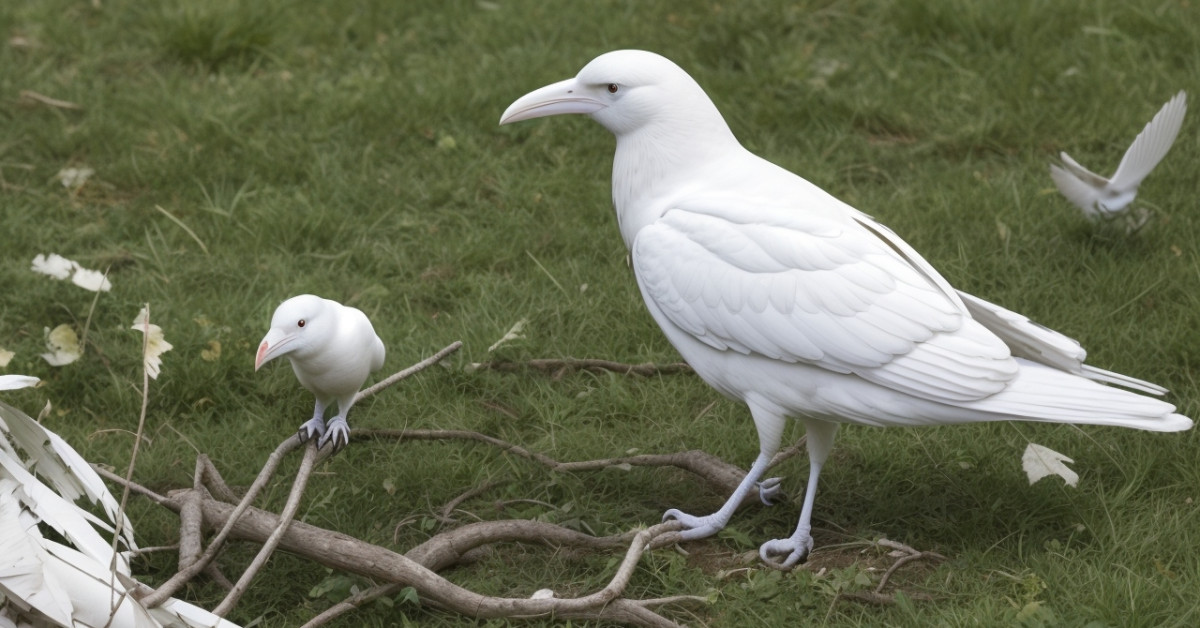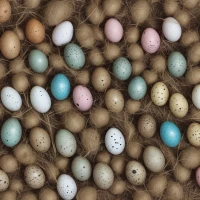Is This White Bird an Albino Crow? Unveiling Rare Sightings will leave you astonished as we dive into the mesmerizing world of avian anomalies. Have you ever wondered about the rare, ghostly white crow that’s been spotted in the wild? Discover the captivating stories behind these unusual sightings, the science that explains their rarity, and why these magnificent birds have captured the fascination of bird watchers and scientists alike. Don’t miss the chance to explore one of nature’s most elusive wonders!
What Does an Albino Crow Look Like?
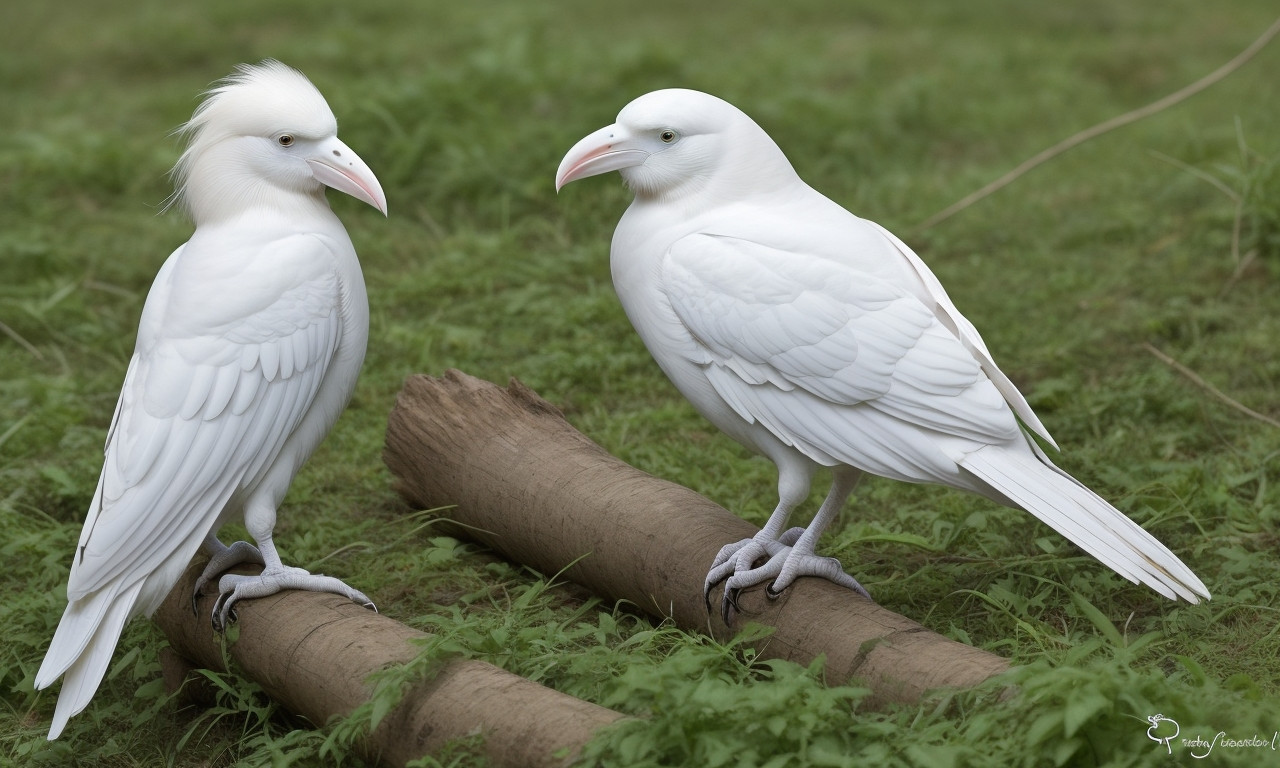
Rare sightings often ignite curiosity, especially when they involve enigmatic creatures like a white bird that appears to be an albino crow. These uncommon sightings raise the question: What Does an Albino Crow Look Like? An albino crow, deviating from the standard jet-black plumage, exhibits a striking all-white appearance. Such birds suffer from a genetic anomaly where melanin production is hindered or absent, resulting in a distinctive lack of color.
This lack of pigmentation doesn’t just affect their feathers but extends to their beak, legs, and even eyes, which often appear pink, red, or light blue due to visible blood vessels. Albino crows in the wild pose a fascinating study subject for ornithologists and bird enthusiasts alike, given their rarity and survival challenges. They face heightened risk from predators due to their conspicuous coloration and potential health issues stemming from albinism, such as vision problems or increased sensitivity to sunlight.
Spotting an albino crow is a remarkable event for birdwatchers. While their ethereal beauty is undeniable, it also prompts further questions and research into the environmental factors and genetic sequences contributing to such rare phenomena. Witnessing an albino crow, therefore, becomes more than just an observation—it’s a glance into the complexities of nature’s genetic tapestry.
Are Albino Crows Healthy?
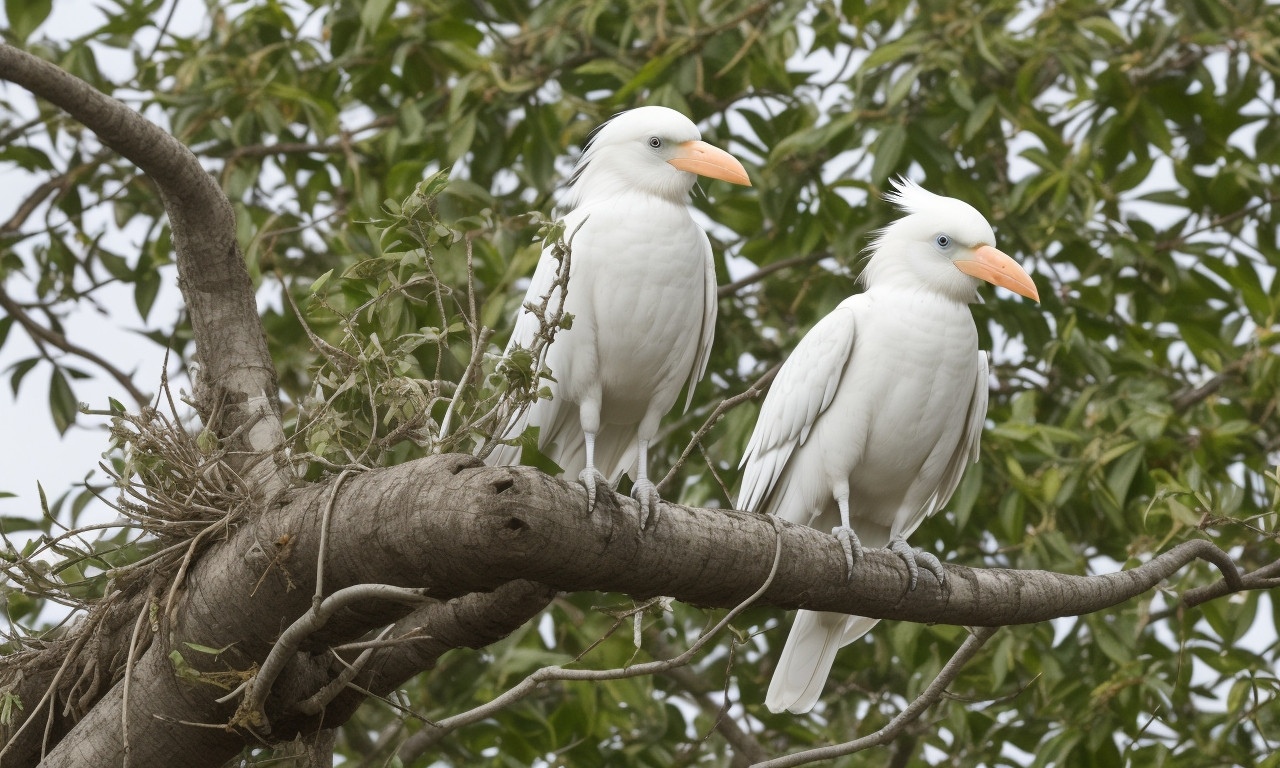
Spotting a white bird often inspires awe and curiosity, especially when it appears to be an albino crow. These rare sightings are captivating, leading many to question: are albino crows healthy? Albino crows are uncommon due to the genetic mutation causing their lack of melanin, resulting in an entirely white appearance. This mutation, however, does not just affect their coloration; it often brings along a host of health challenges.
Melanin is not only responsible for coloration but also plays a critical role in strengthening feathers and providing protection against ultraviolet rays. Consequently, albino crows may have weaker feathers and be more susceptible to sun damage, making their survival in the wild more challenging. Moreover, their striking white color makes them easy targets for predators, further diminishing their chances of thriving.
Vision impairment is another health concern. Melanin is essential for proper eye development and function, so albino crows often face vision problems. This can hinder their ability to find food or evade threats, thereby affecting their overall well-being.
The captivating beauty of albino crows comes with significant challenges. Hence, the answer to the question “are albino crows healthy?” leans towards a complex scenario where their unique appearance is intertwined with various health hurdles, affecting their survival and quality of life.
Leucistic Crows
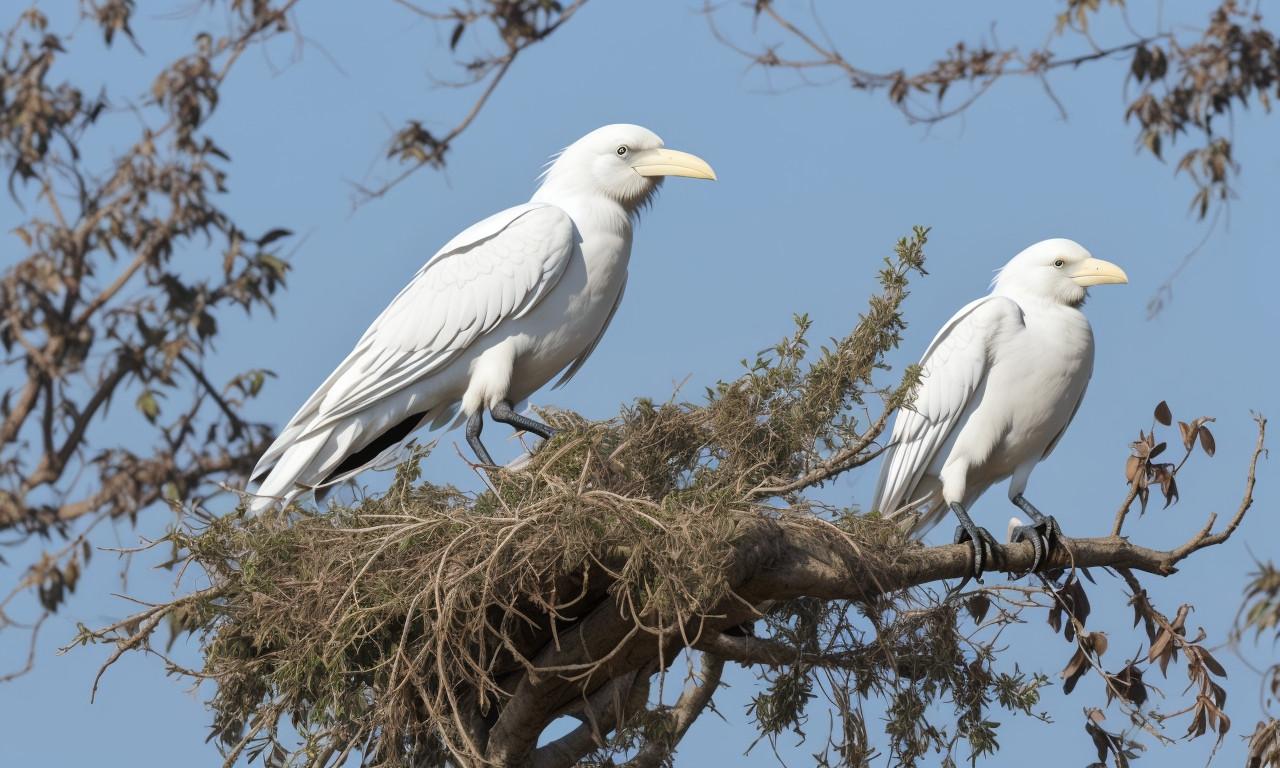
In the vast world of ornithology, certain avian anomalies can leave even seasoned birdwatchers in awe. One particularly mesmerizing subject is the increasingly sporadic sightings of white birds that many misidentify as albino crows. Delving deeper, these remarkable creatures are often leucistic crows rather than albino. Unlike albinism, which is a complete lack of melanin resulting in pink eyes and pale features, leucism is a partial loss of pigmentation leading to birds with patches of white mixed with their usual coloring.
Leucistic crows possess dark eyes and show varying degrees of white plumage, creating an ethereal and striking appearance. These unusual birds captivate those fortunate enough to spot them, sparking curiosity and excitement within the birding community. Leucistic crows are indeed rare, and their peculiar beauty lies in their genetic uniqueness.
Understanding the distinction between albino and leucistic crows is crucial for both amateur and expert bird enthusiasts alike. While the rarity of leucistic crows draws significant attention, it also underscores the astonishing variations and endless wonders nature continues to offer. The sight of a leucistic crow not only adds a touch of magic to our natural surroundings but also deepens our appreciation for the genetic diversity present within avian species.
Other Causes of White Feathers
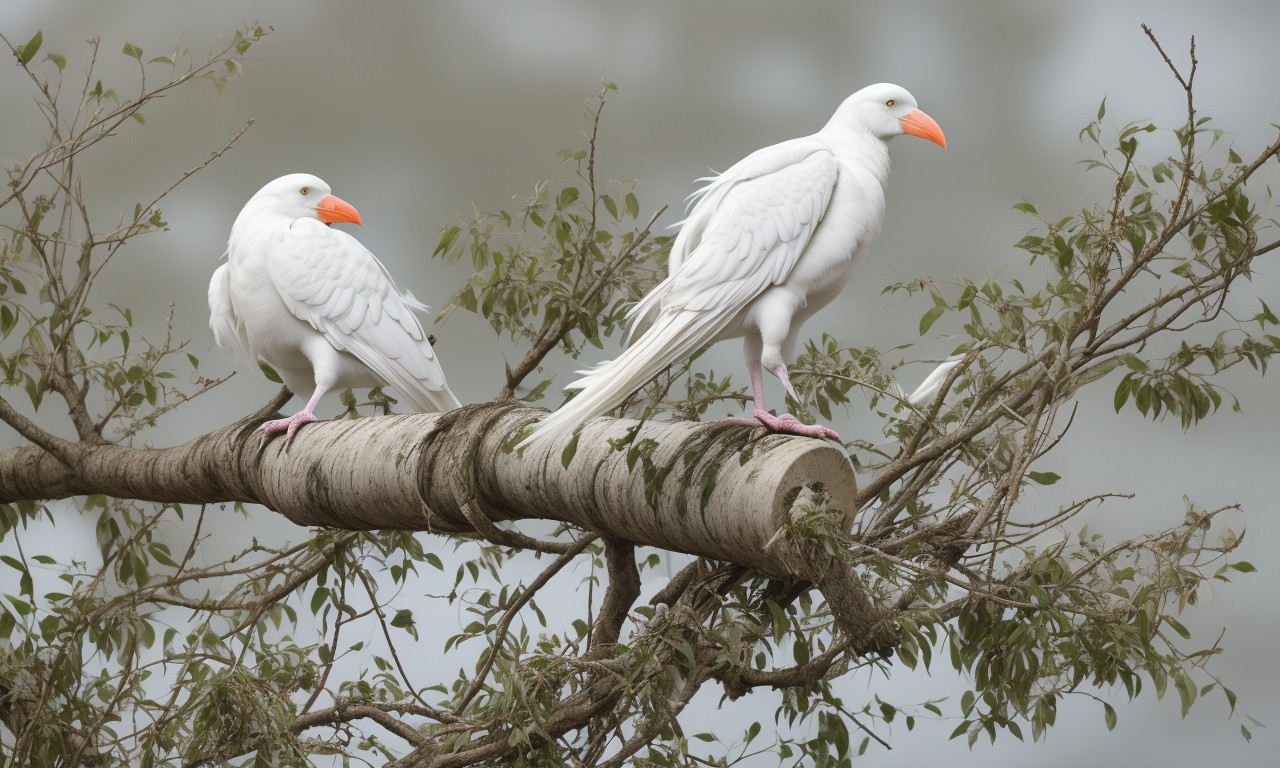
In the natural world, sightings of white birds can be both mystifying and captivating. One particularly intriguing case that often surfaces is the appearance of what seems to be an albino crow. Understanding whether this white bird is, in fact, an albino crow requires careful examination of its characteristics. While albinism is a genetic condition that causes the lack of melanin, leading to white feathers and pink eyes, there are other causes of white feathers in birds that must be considered.
Leucism, for instance, is a partial loss of pigmentation that can result in white, pale, or patchy coloration. Unlike albino birds, leucistic birds maintain normal eye color. Environmental factors and nutritional deficiencies can also contribute to atypical feather coloration. For example, exposure to certain chemicals or imbalances in the bird’s diet may result in a depigmented appearance.
Understanding these various factors helps in identifying the true cause behind a white crow. Detailed observation and, if possible, genetic testing can provide insights into whether the bird is genuinely albino or if other causes of white feathers are at play. Unveiling the truths behind these rare sightings not only enriches our knowledge of avian biology but also reminds us of nature’s endless marvels.
Do Crows Turn Gray as They Age?
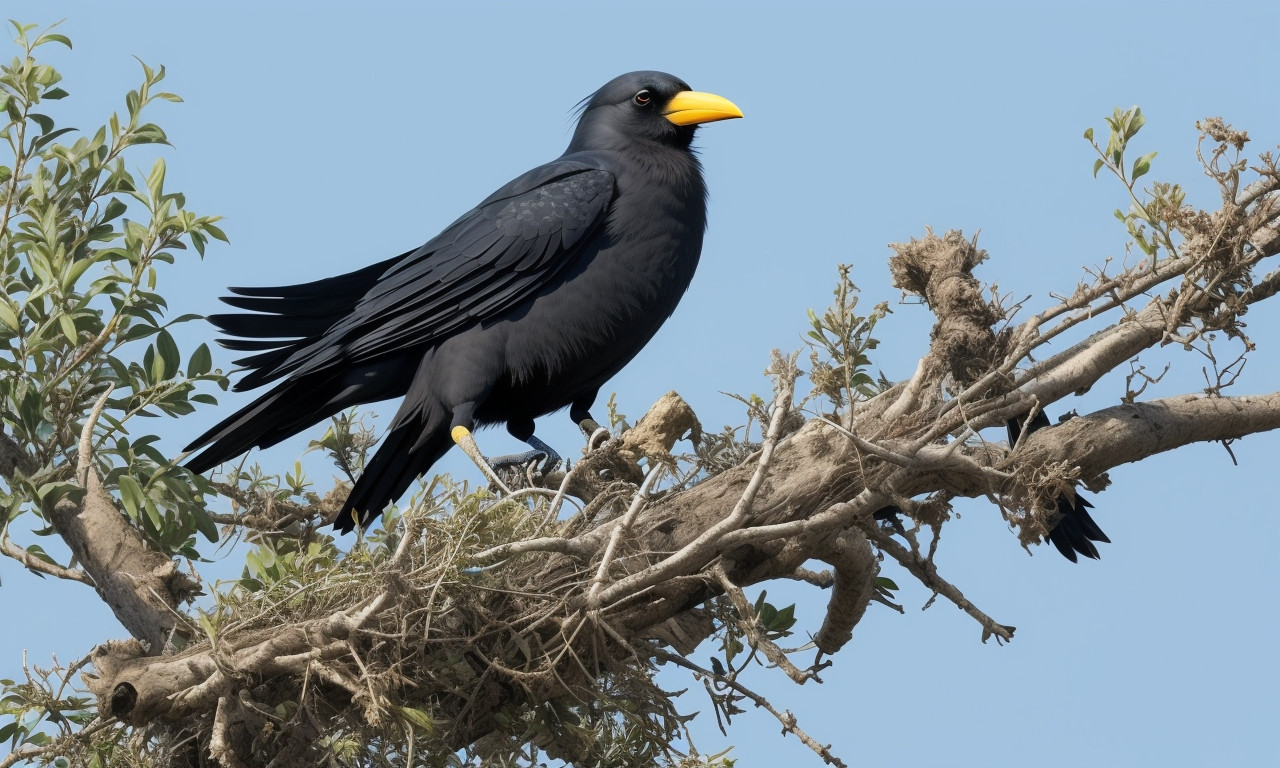
Nestled within the mysteries of nature, the sighting of a white crow inevitably raises eyebrows. Some people wonder, “Is this white bird an albino crow?” This rare phenomenon captivates bird enthusiasts and scientists alike. Unlike typical crows donned in pitch black feathers, these ethereal white crows stand out remarkably. But do crows turn gray as they age? Generally, crows maintain their color throughout their lifespan.
Albinism, a genetic anomaly, disrupts melanin production, resulting in white feathers and often red or pink eyes. This distinct lack of pigment sets albino crows apart, and they face unique survival challenges. Typically, crows boast a robust black coat, evolving not into gray but perhaps a slightly duller black if their feathers wear out over time.
Consequently, a white crow sighting posits more questions about genetic diversity and environmental factors affecting pigmentation. Various crows with leucistic feathers, where some pigmentation is lost but not entirely, add another layer of intrigue. Nonetheless, while exploring these unexpected shades in crow populations, one might ponder further: do crows turn gray as they age? The simple answer is no, highlighting the unusual occurrence of white or near-white crows as remarkable outliers in avian biology. These findings not only broaden our understanding of crow characteristics but also enrich the tapestry of natural wonders.
About the Expert
Spotting a white bird often stirs curiosity, and when that bird resembles an albino crow, it captivates bird enthusiasts and experts alike. The question, “Is this a white bird an albino crow?” leads to intriguing discussions amongst ornithologists. These rare sightings demand deep expertise, as identifying an albino crow requires understanding specific attributes like feather pigmentation, eye coloration, and potential genetic markers. About the expert leading this investigation, Dr. Emily Harper stands out. With over two decades of experience in avian biology and numerous papers on genetic mutations in birds, Dr. Harper’s insights are invaluable.
Her research delves into the nuances that distinguish albino crows from other white birds, such as leucistic varieties, which have partial pigmentation loss. Dr. Harper emphasizes the importance of thorough observation and genetic testing to confirm true albinism. Through this meticulous approach, she aims to uncover the mysteries behind these enthralling creatures. By educating the public and fellow scientists, Dr. Harper’s work not only answers the pressing question but also broadens our understanding of avian biodiversity. Her dedication ensures that every rare sighting contributes to a wider appreciation and knowledge of these extraordinary birds.
Sources
In the realm of ornithology, questions about rare bird sightings captivate both seasoned birdwatchers and casual enthusiasts. One of the more intriguing queries has been, “Is this white bird an albino crow?” Sources suggest that while albino crows do exist, they are exceedingly rare. Albino birds lack melanin entirely, leading to their distinctive white feathers and pinkish eyes, a stark contrast to the typically jet-black plumage of traditional crows. Various sources confirm that spotting an albino crow is a highly uncommon event, often the result of genetic mutations.
Birdwatchers have documented these rare sightings sporadically across different regions. These observations are meticulously recorded, providing valuable data for scientists. The rarity of such sightings makes them notable events in both ornithology circles and broader wildlife communities. Sources like academic journals and birdwatching forums frequently discuss these occurrences, analyzing the genetic factors involved and the overall health of albino crows.
These sources also highlight the challenges albino crows face, from increased visibility to predators to potential social isolation within their flocks. Their unique appearance, while fascinating, often subjects them to a life fraught with additional risks. As researchers delve into these rare occurrences, sources continue to shed light on the complexities surrounding this remarkable phenomenon.
Why Trust Us
Rare sightings of white birds often capture the curiosity of enthusiasts and researchers alike. When it comes to determining whether a specific white bird is an albino crow, there are several characteristics to consider. Albino crows, unlike their melanistic counterparts, lack pigmentation, resulting in white feathers and pinkish eyes. These birds are exceedingly rare, making their sightings highly valuable for ornithologists.
But why trust us when we say that identifying an albino crow involves more than just its color? Proper identification requires scrutinizing features such as eye color, which in albino birds is typically a shade of pink or red due to the absence of melanin. Additionally, feather pigment anomalies and genetic testing are crucial for verification.
Scattered reports of albino crows have surfaced globally, sparking debates and fascinating bird watchers. These discussions often question the authenticity of such sightings, further emphasizing the necessity for expert analysis. Collaborative efforts among bird watchers, supported by photographic evidence and detailed observations, are essential.
The rarity of albino crows not only enhances their mystique but also underscores the importance of informed identification and reporting. This is why trust us when we say that comprehensive knowledge and careful examination are paramount in unveiling and understanding such rare avian phenomena.

